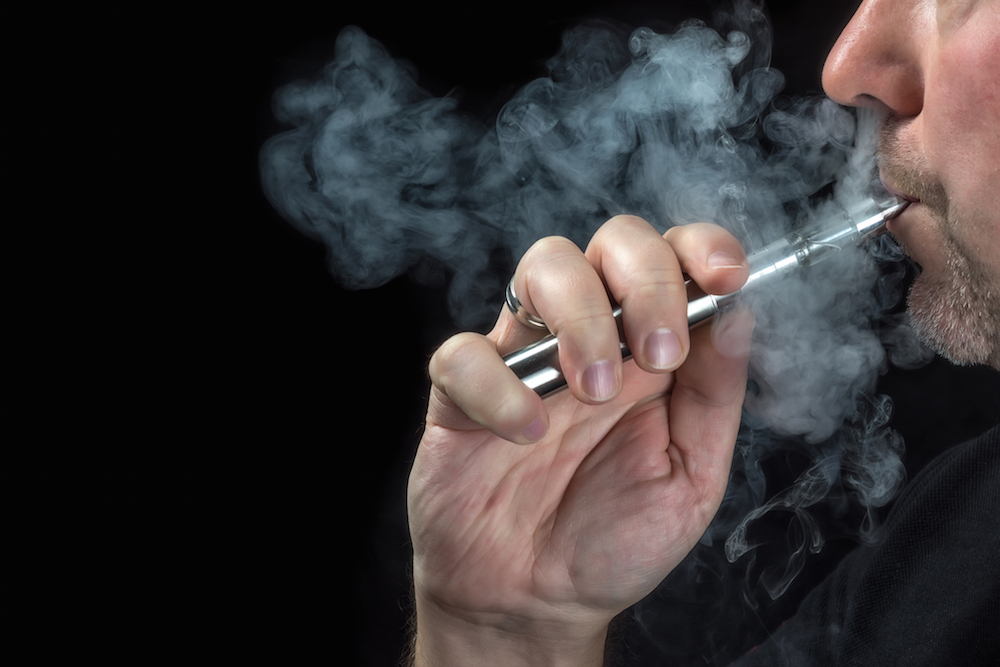
E-cigarettes aren’t just hipster-y and cloying—they also may not actually help people quit smoking.
That’s according to a new study that found that e-cigarettes weren’t any better than other methods of smoking cessation, and the only thing that really works is paying people to quit.
The study, published in the New England Journal of Medicine, looked at smokers enrolled in wellness programs at 54 companies. The aspiring quitters were divided into five groups: usual care involving text messages; nicotine patches or medications; free e-cigs; free cessation aids and a $600 reward at the end; or $600 at the beginning.
Just 0.1% in the “usual care” group managed to quit, with the help of access to anti-smoking information and motivational text messages.
The other groups had quitting rates ranging between 0.5 and 3%, with the cash-centered groups pulling in the best results. It costs companies a few thousand more a year to employ a smoker over a non-smoker, so a number of them offer employees financial incentives to quit.
“The very best way to help them quit is to offer them money,” Dr. Scott Halpern of the University of Pennsylvania told the Associated Press.
In total, the study included just over 6,000 smokers, and was funded by the wellness group Vitality Institute. Although NJOY e-cigarette makers provided free electronic smokes, they had no role in the research, according to the study’s authors.
“E-cigarettes are substantially less harmful than burned or lit cigarettes, but that doesn’t mean they’re helpful for cessation” said Cliff Douglas, a tobacco expert with the American Cancer Society.
Some criticized the study for not testing the overall effectiveness of e-cigs and simply comparing them to other methods of quitting.
E-cigs are battery-powered cigarettes that vaporize nicotine. They’ve been available in the U.S. for just over a decade, and are believed to have fewer toxic chemicals than traditional smokes.
As the FDA has struggled to figure out how to regulate the $1.1 billion-a-year industry, some health officials have expressed concern over the increase in vaping among young people, according to the San Francisco Chronicle.
More than a quarter of high school seniors vaped last year, a University of Michigan study found.
